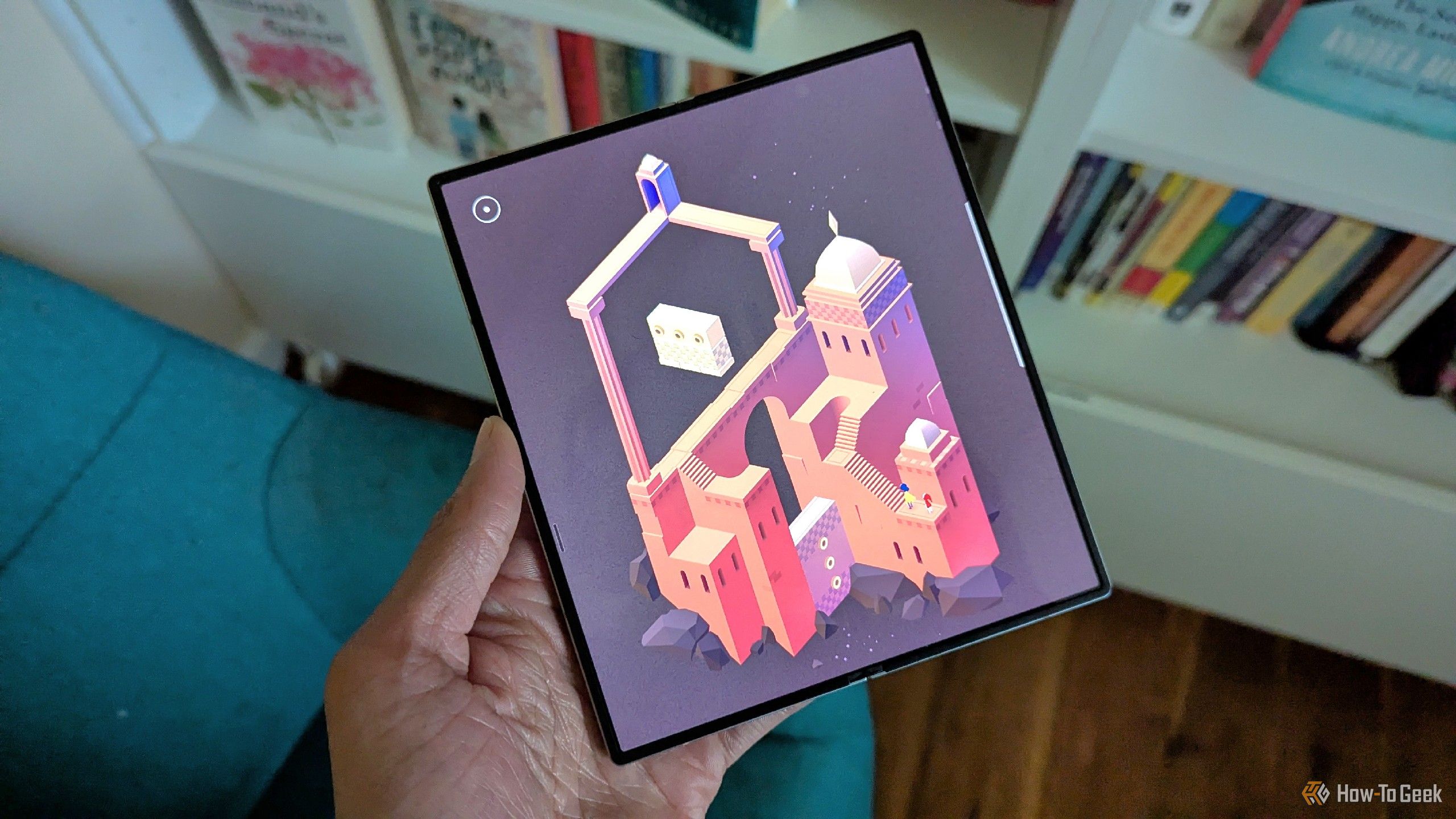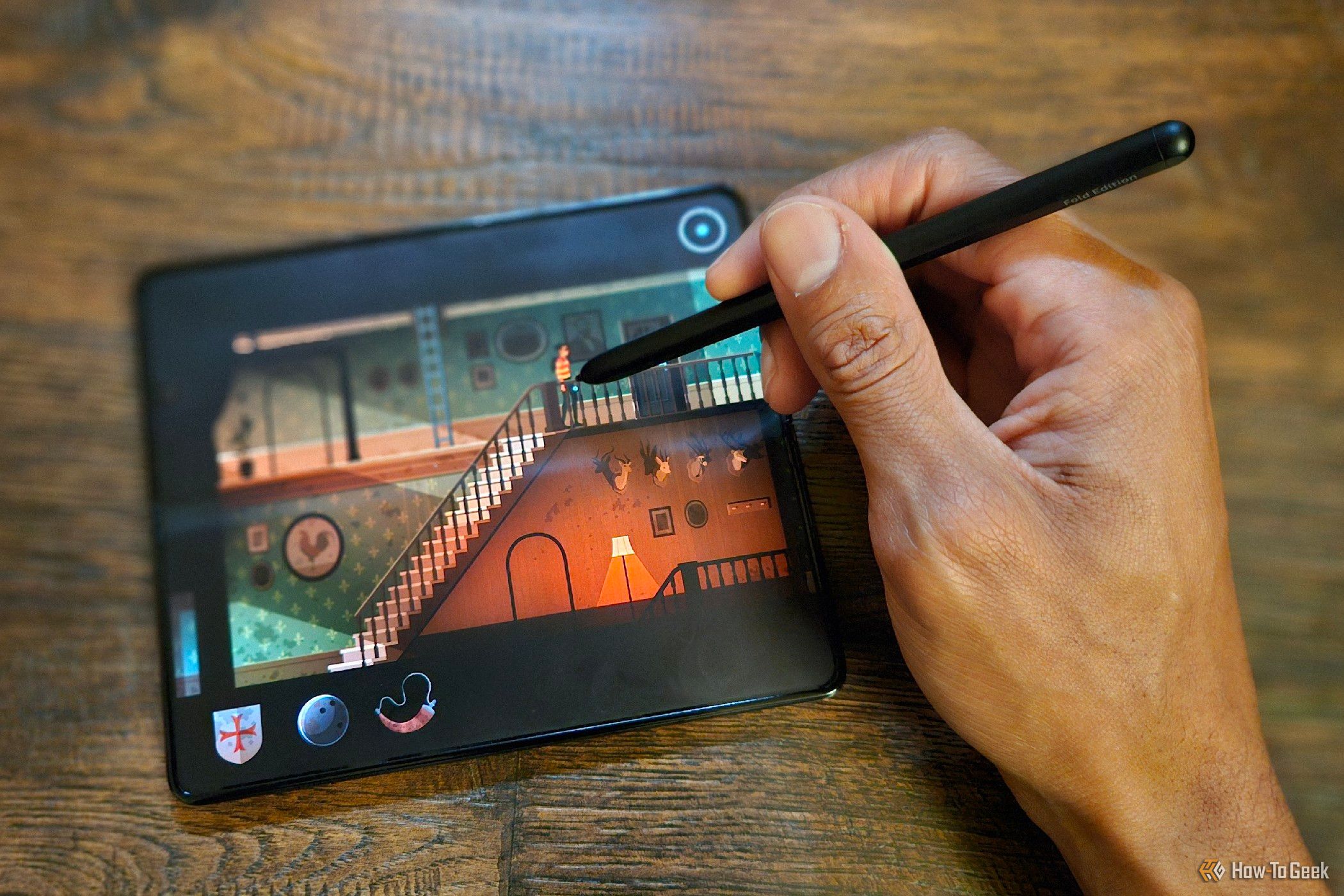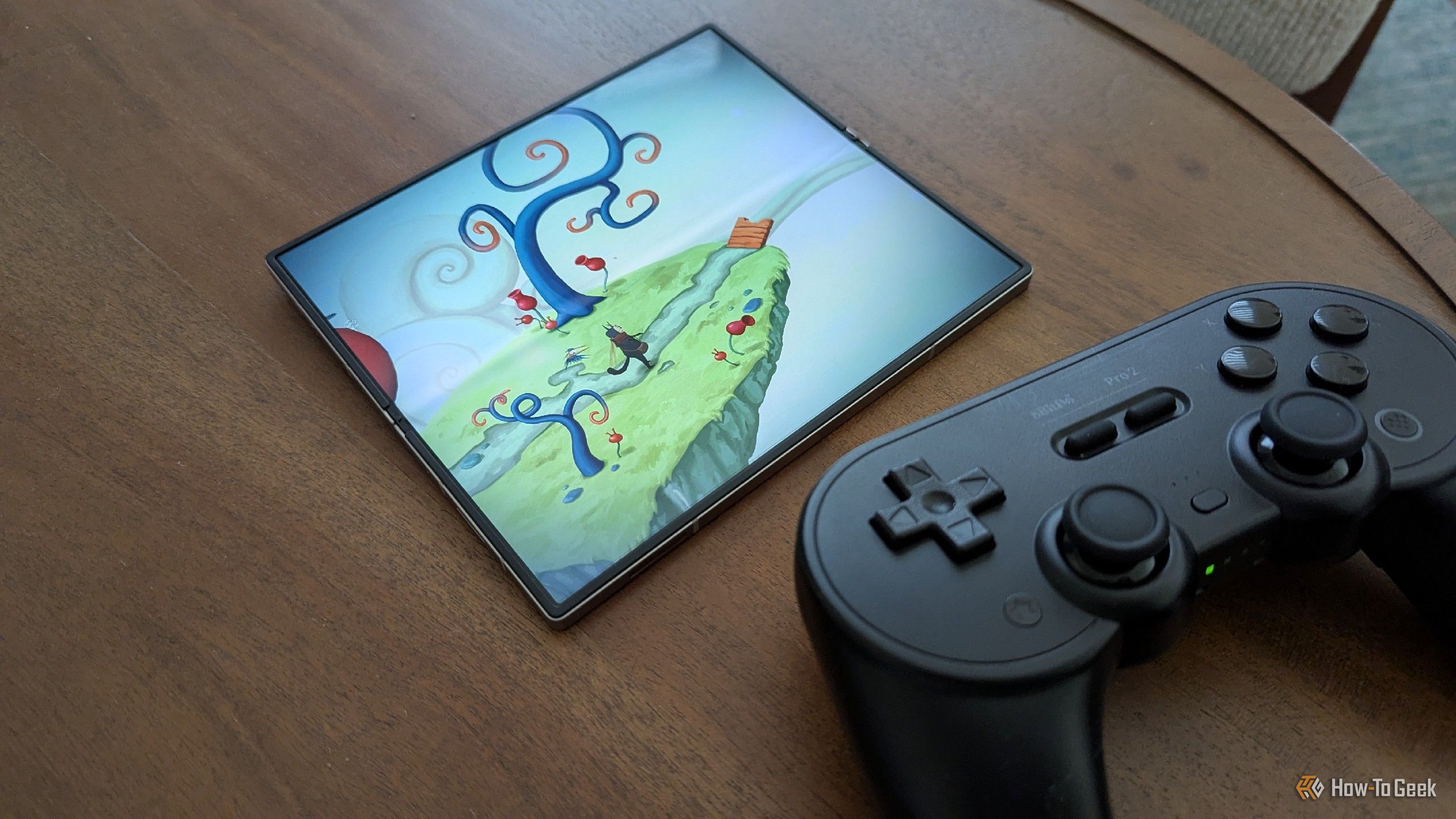I grew up with video games, and every now and then, I feel tempted to own a gaming PC or home console. The thing is, as a parent of two young kids, I wouldn’t actually get time to play them—so I’ve fully embraced mobile gaming instead.
These Games Are Playable on My Schedule
We only have one TV in our house, and that’s in the living room. That means any game I want to play on it would require occupying the central area of the house.
This comes with all kinds of restrictions. My youngest kid is four years old. My oldest is eight. I can’t comfortably play games with graphic violence or adult language, even if I’m wearing headphones. My kids can still see what’s happening, and they stop to ask questions. While I prefer narrative adventure over action games, I still don’t want to explain to them why one kid is aiming a gun at another in a high school bathroom in Life Is Strange.
If I had a gaming PC, it would likely be in the office. Setting aside how little desire I have to continue sitting at my desk after hours of work, this also introduces confusion. “Daddy says he’s working when he’s in that room, but sometimes when I come in he’s just playing games!” If the kids find out that I’m having fun in the office, they’ll continuously barge in out of curiosity. It only takes once.
Mobile gaming provides me with the flexibility to dive into a game wherever it’s safe. I can play at the kitchen table while the kids are running back and forth down the hall. I can play in the car while picking up my kids from school. I can get in a session to entertain myself while I’m at yet another birthday party.
Who Has the Time for Lengthy Games?
Many of the AAA games coming out nowadays are expansive open world titles that can easily occupy over 100 hours of play time. These are games like Breath of the Wild, Elden Ring, Cyberpunk 2077, and No Man’s Sky. You can also add to the list any version of The Elder Scrolls, Fallout, or Grand Theft Auto.
I’ve never been a big fan of open world games in general, but as a parent, they’re now a deal-breaker for me. To purchase an open world game would mean that, with the hour or two I may be able to commit to playing a game each week, that one purchase would be all I play for over a year. I recently bought Lost Records: Boom & Rage, and I still feel like I have barely put a dent in it despite most games like this lasting under 20 hours.
Mobile games aren’t inherently shorter. There are many open world, cross-platform games like Genshin Impact and Infinity Nikki that I could dive into on my phone. I prefer the shorter experiences, like Monument Valley, and indie PC ports that tend to only be a few hours long. These games cost me several dollars up front and then take me a few weeks to complete before checking out the next one.

Related
The Top 6 Puzzle Games Similar to Monument Valley
I love Monument Valley, and these are the games I’m playing now.
Console and PC Gaming Eats Into the Family Budget
I don’t already own either a home console or a gaming PC, so getting into either hobby would require an upfront purchase of several hundred, if not several thousand dollars.
Then there’s the cost of games. New releases from major studios have gradually crept up over the years. Nintendo looks set to normalize these prices, with games like Mario Kart World for the Switch 2 expected to cost up to $80. Console and PC games with pre-order perks regularly cost $100.
With the added housing, food, healthcare, education, and leisure costs that come with kids, the money I could feasibly toss toward a $100 game is now going to other things. I can’t, in good conscience, redirect that amount of dollars toward gaming right now.
With mobile gaming, I can buy several new games a month for the price of takeout sushi. At those prices, it’s much less of a conflict when the kids want a new game as well.
Family Libraries and Subscriptions Keep Costs Low
As much as I prefer to own rather than rent games, the distinction is pretty small when it comes to mobile games. Titles I purchase on one phone may not work on my next one or even just the next version of Android. You can usually count on the big games getting an update, but it’s a shame how many great games don’t.
I’ve embraced subscriptions as a way for the kids to game affordably. I paid $30 for an annual Play Pass subscription, and that provides enough games to last a childhood, all without ads and with all in-app purchases unlocked.

Related
Google Play Pass Is a Great Deal, Actually (But It Needs to Be Better)
It’s no Apple Arcade, but Play Pass is still a good way to game on the cheap.
Our family’s Netflix subscription also provides access to many of the best games on mobile. Many Netflix games are also PC games, so it’s not like these are shallow, pocket-oriented time-fillers. A colleague of mine recently canceled Apple Arcade in favor of Netflix.
Both subscriptions allow games to be downloaded and played across multiple devices simultaneously. This sure beats having to spend $160 on two copies of Mario Kart World (a staggering $240 if I want to play on my own at the same time). And with mobile gaming, the kids can use the same tablets we already bought them for streaming video.
While mobile gaming is great for parents, make sure to set restrictions on what your kids can do when handing them a tablet. It’s a minefield out there. Many games are designed to make kids continuously beg you for money. I only grant my kids access to the games we get as part of a subscription or those I purchase outright, and I limit their screen time using Google’s Family Link.





